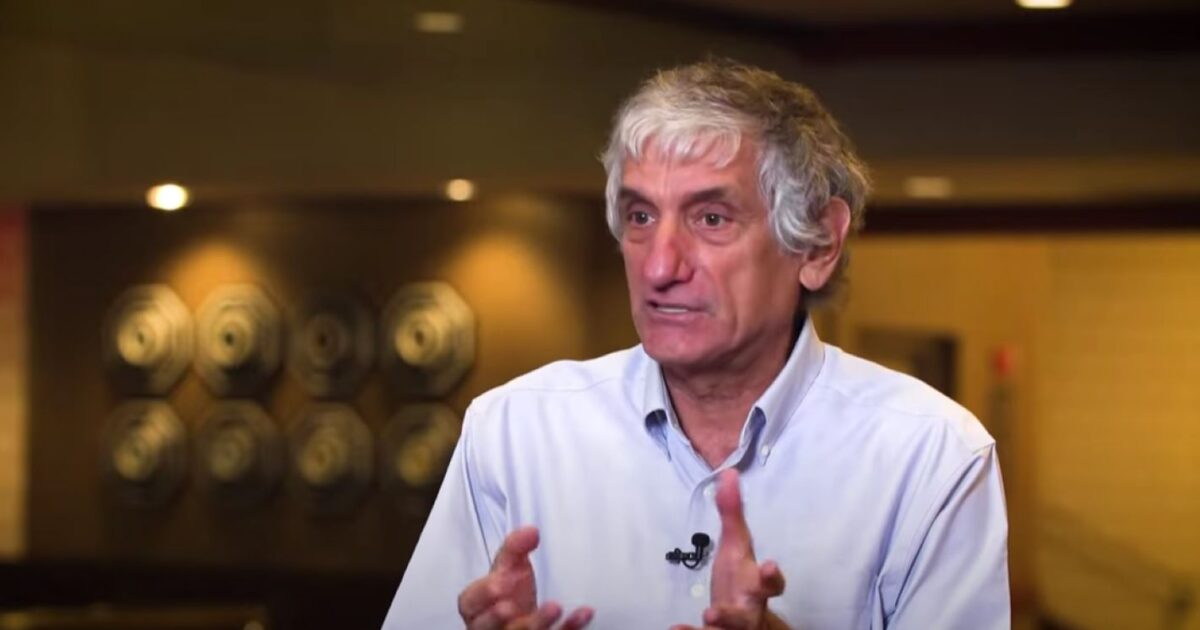It is called John Martinis – a name that in all … common mortals probably says absolutely nothing. In the scientific community, however, where he works tirelessly and quietly, he is a top -notch – so much that today (07.10.2025) was honored with the Nobel for the discovery of the macroscopic quantum mechanical tunnel and the quantum energy in electric circuits.
Hellenic American John M. Martinis, who counts for a few hours as a Nobel laureate, is Natural internationally renowned with his work being a foundation for understanding and making quantum systems, with a huge impact on quantum computers.
Born in 1958, it is Graduate of the University of California in Berkeley– He received a Bachelor of Science degree in Physics in 1980 and Physics in Physics in 1987.
During his doctoral studies, he investigated the quantum behavior of a macroscopic variable, the phase difference in a Josephson tunnel connection.
His perennial career is characterized by important collaborations and innovative research. In 2014, Martinis and his team worked with Google Quantum Ai Lab, with the aim of developing quantum computers based on supercar Qubits.
In 2019, the team achieved its historical landmark ‘Quantum superiority’, By constructing a computer that completed in 200 seconds a task that a classic supercomputer would take thousands of years to complete.
After leaving Google in 2020, Martinis joined the Australian Silicon Quantum Computing (SQC), continuing his vision of creating commercially used quantum computers. There he was impressed by the individual technique of manufacturing the team, which he considers unique in the world.
His contribution to science has been recognized internationally. In 2014 he was awarded the Fritz London Award, and in 2021 he won the John Stewart Bell Award. In 2025, the Nobel Prize award recognized his enormous work in the field of quantum engineering.
John M. Martinis remains active in researching and developing quantum technologies, offering know -how and experience on a global scale, contributing decisively to the next generation of technology.
